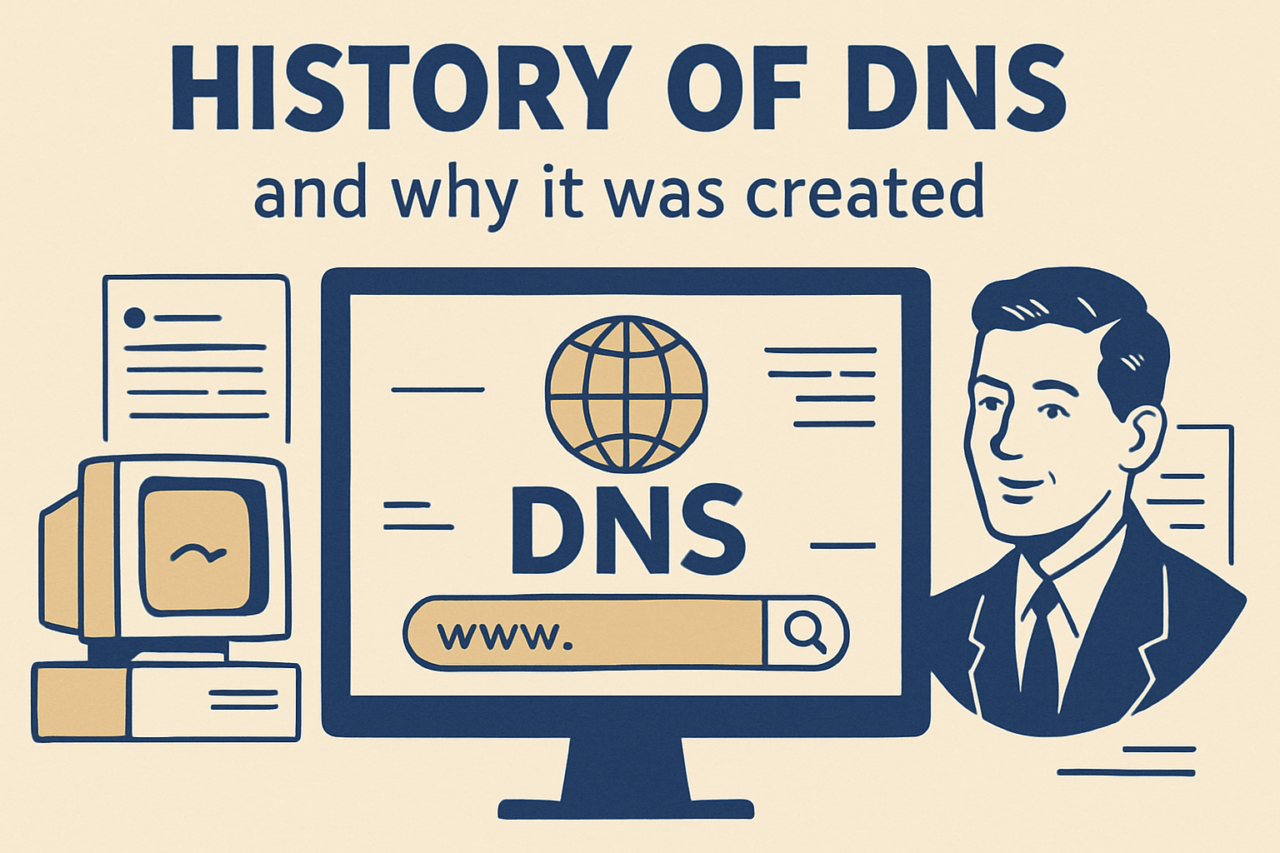In the vast steppes of technology, where every byte gallops across the digital plains like a swift horse, there exists a system as fundamental as the stars guiding a nocturnal caravan—DNS, the Domain Name System. Much like the wisdom passed down through generations of Mongolian herders, DNS is both ancient and essential, serving as the silent yet steadfast navigator of the internet.
The Genesis of DNS: A Steppe of Necessity
Imagine a time, not long ago in the grand tapestry of history, when the internet was but a fledgling idea, akin to the first yurts dotting the horizon. In the early 1980s, as networks began to expand like a nomadic tribe seeking new pastures, the need for a robust naming system became apparent. Before DNS, computers communicated using IP addresses—long strings of numbers resembling the intricate patterns in a traditional Mongolian rug, beautiful yet complex and difficult to memorize.
Why Was DNS Created?
The creation of DNS was akin to the introduction of the Morin Khuur, the horsehead fiddle, into a musical ensemble—it brought harmony and order. As the internet’s reach grew, the Host.txt file, a manually maintained list of every computer’s IP address, became unmanageable. Imagine trying to remember the name of every person in a bustling city; this was the challenge faced by early internet users.
DNS emerged to solve several critical issues:
- Scalability: Like expanding a ger (yurt) to accommodate more family members, DNS was designed to handle a growing number of devices and domains.
- Ease of Use: DNS translated numerical IP addresses into human-friendly domain names, akin to giving each horse in a herd a unique name rather than a number.
- Decentralization: By distributing the database globally, DNS ensured that no single entity was responsible for the entire system, much like community-led decisions among nomadic tribes.
The Architecture of DNS: A Yurt of Many Parts
DNS is constructed much like a traditional Mongolian yurt, with various components working in harmony to provide shelter and functionality. At its core, DNS consists of several key elements:
- Domain Names: The familiar web addresses we use daily, akin to the names of revered elders, guiding us to our destinations.
- Name Servers: These are the storytellers of the digital realm, storing and sharing the records of domain names and their corresponding IP addresses.
- Resolvers: The curious scouts, these components query name servers to find the IP address associated with a domain name.
Domain Name | IP Address
-------------|------------
example.com | 192.0.2.1
mongolia.net | 203.0.113.5
The Evolution of DNS: From Pastures to Pixels
As the internet evolved, so too did DNS, much like the adaptive strategies of nomads facing harsh winters. Key milestones in DNS development include:
- 1983: The inception of DNS, outlined in the landmark RFC 882 and 883 by Paul Mockapetris, akin to the first recorded verses of an epic poem.
- 1987: Introduction of DNS Security Extensions (DNSSEC) to enhance security, much like the fortified walls of ancient Mongolian cities.
- 1995: The advent of dynamic DNS, allowing for real-time updates, reflecting the adaptability of herders moving with the seasons.
DNS Today: The Eternal Flame
Today, DNS remains a vital part of the internet’s infrastructure, like the eternal flame of a campfire, providing warmth and guidance. It continues to evolve, incorporating advances such as IPv6 support and improved security measures. DNS is the unsung hero of our digital journeys, ensuring we reach our destinations with the grace and precision of a well-trained eagle hunting in the vast skies.
Conclusion: The Legacy of DNS
In the grand narrative of technology, DNS stands as a testament to human ingenuity and the enduring spirit of collaboration. Much like the wisdom of Genghis Khan, who united disparate tribes under a single banner, DNS unites a world of information under a coherent system. As we navigate the digital steppe, let us remember the humble beginnings of DNS and the visionaries who foresaw a connected world, much like the ancient Mongolian visionaries who dreamed of uniting the lands under an eternal blue sky.
By understanding the history and purpose of DNS, we pay homage to the architects of our digital age and ensure that the stories we weave today will guide future generations across the ever-expanding horizon of the internet.

Comments (0)
There are no comments here yet, you can be the first!